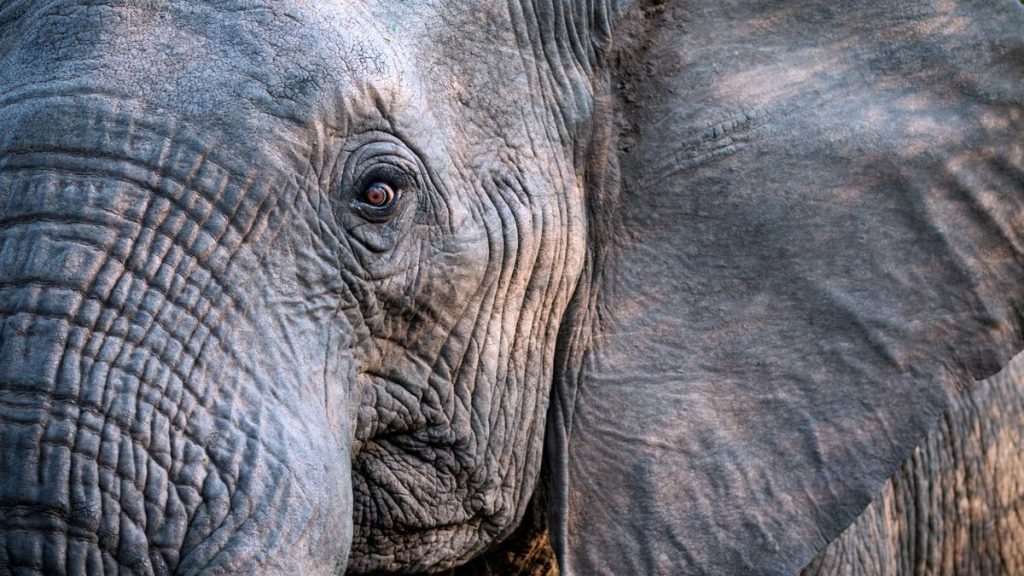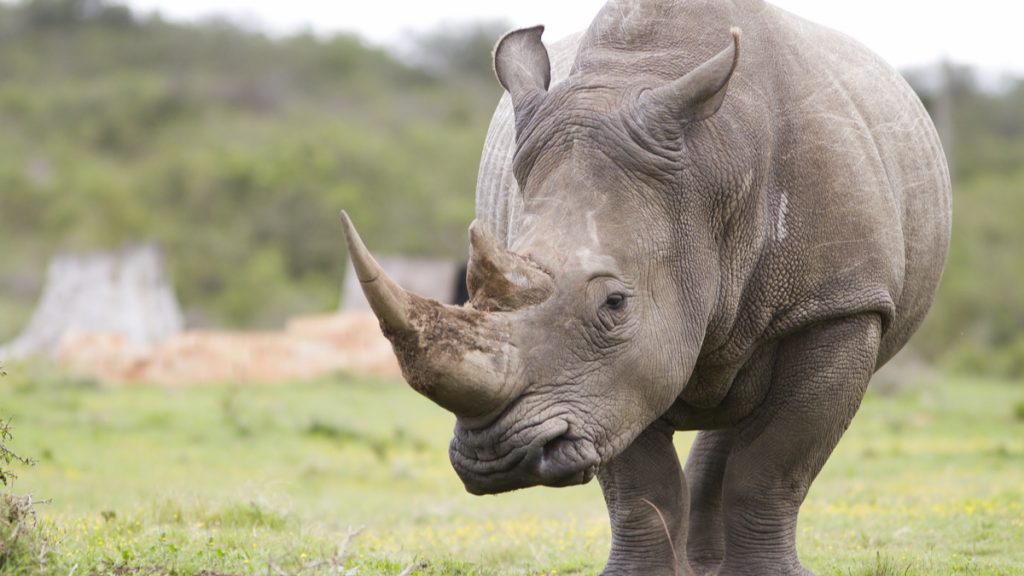
If conservation efforts don’t scale up shortly, the variety of endangered mammal species may attain 558 by 2100, in line with this alarming new examine.
The tip of the iceberg
The present range of mammals contains round 5,700 species, of which at the least 351 have grow to be extinct for the reason that starting of the Late Pleistocene. Due to growing extinction traits additionally noticed in different teams of animals, scientists imagine that the present international biodiversity disaster is because of human presence and associated actions, leading to by the acceleration of world warming which exerts a further pressure on all of the species on our planet.
As a part of this work offered within the evaluate Science Advances, a crew of scientists fromUniversity of Gothenburg has compiled a big physique of fossil information as a way to estimate the extinction time of the a whole lot of mammal species extinct for the reason that starting of the Late Pleistocene, comparable to a interval of main climatic upheavals and the rise ofHomo sapiens. Unsurprisingly, pc simulations carried out revealed that the speed of extinction has accelerated considerably over time and that this pattern continues to accentuate.
” These fashions present that the extinctions which have taken place in previous centuries are solely the tip of the iceberg, in comparison with the upcoming extinction that may happen within the subsequent many years. While human actions have led to the extinction of a number of species prior to now, they’ve additionally decimated the populations and habitats of many others. Write particularly the researchers, who estimate that 96% of the extinctions of mammals occurred over the past 126,000 years are because of the human presence and to not the local weather.

Extinction charges 1,700 occasions greater than they had been within the early Late Pleistocene
Tobias Andermann and colleagues predict that by 2100, all areas of the world could have entered the second wave of mammalian species extinction on an unprecedented scale. Based on extinctions which have taken place over the previous a number of many years, the crew decided that theAustralia and the Caribbean had been already hit by this phenomenon, which exhibits, in line with the researchers, that the extraordinarily excessive future charges and the related biodiversity losses are inside a practical vary.
Currently, extinction charges are believed to be 1,700 occasions greater than they had been at first of the Late Pleistocene, which means that, within the present configuration, the 351 species of mammals that turned extinct within the area of 126,000 years would have disappeared in simply 810 years. Researchers thus predicted the disappearance of 558 different mammal species by the top of the century based mostly on present extinction charges. The most affected areas could be theAfrica, the Americas and theEurasia.
” For all these continents, we additionally foresee important losses of biodiversity because of the anticipated enhance within the measurement of the human inhabitants, which might be a significant problem for the preservation of species. “, Say the authors of the examine.
If the state of affairs looming on the horizon appears notably darkish, all shouldn’t be misplaced in line with the crew. ” We can save a whole lot of species from extinction with extra focused and efficient conservation methods “, valued Andermann. ” But to attain this, we should increase our collective consciousness of the looming worsening biodiversity disaster and take motion to handle this international emergency. Hurry up. “

